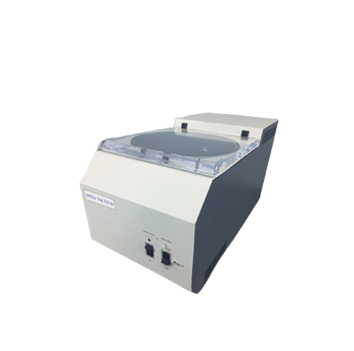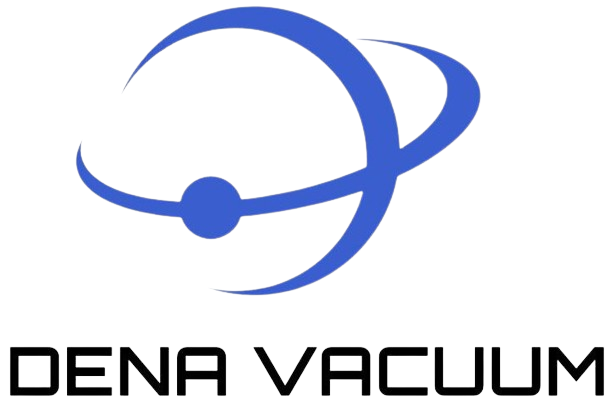Rotary Concentrator Under Laboratory Vacuum
Evaporators using centrifugation, vacuum, and heat for removing solvents and concentrating samples while maintaining sample integrity; especially useful for strong acids and bases in combinatorial chemistry.

Rotary Concentrator Under Laboratory Vacuum
In a vacuum concentrator, samples are held in a rotor that spins at 1700 RPM creating a centrifugal force.
Vacuum and Rotary Evaporators and Concentrators
Vacuum Concentrators use built-in chamber heaters. Some models are equipped with radiant lamp on the lid to provide additional heat and prevent condensation of the solvents.
Rotary Concentrator Under Laboratory Vacuum
| Technical Specifications | |
| dimensions (H x W x D) | 250mm x 460mm x 315mm |
| weight | 24 kg |
| Vacuum pump (optional) | 2 until 8 mbar |
| Speed (variable) | max 1550 rpm |
| Temperature setting range | + 30 °C to + 80 °C |
| Sample capacity | 10 ml |
Laboratory concentrators used under vacuum include a combination of heat, vacuum and centrifugal force to evaporate the samples. This method is used for evaporation, drying, purification and especially fast concentration.
Distillation systems and rotary evaporators use high temperatures for evaporation.
And operate at approximately atmospheric pressure or vacuum up to 100 mbar. Ice drying systems operate at very low temperatures and high vacuums up to less than 0.01 mbar.
Although sublimation preserves samples, it is time consuming and not all solvents are suitable for drying ice.
The vacuum concentration occupies the position between the two methods mentioned above. With the right parameter settings, the resulting products can also be frozen and sublimated in a kind of final drying process.
The boiling point for liquid evaporation depends on the nature of the material and the external pressure. Reducing the pressure significantly reduces the boiling rate of the solvent solution and thus prevents the samples from overheating.
Main features of rotary vacuum concentrator
- Many samples are dried simultaneously.
- Samples are concentrated at the bottom or walls of the tube (unlike vortex glass), which is especially useful with small volumes or dilute solutions.
- Suitable for drying water samples and samples that have a large amount of solvent.
- Easy and reliable solvent recovery

Rotary Concentrator Under Laboratory Vacuum
Shell Freezer
provides fast freezing down to -40℃ by robust cooling system. Uniformity of sample is guaranteed by specially designed rotating
Laboratory Spray Dryer
Process of drying pharmaceutical products with the aim of improving the quality of the manufactured product
Rotary Laboratory Evaporator
Used in labs for the efficient and gentle removal of solvents from samples
